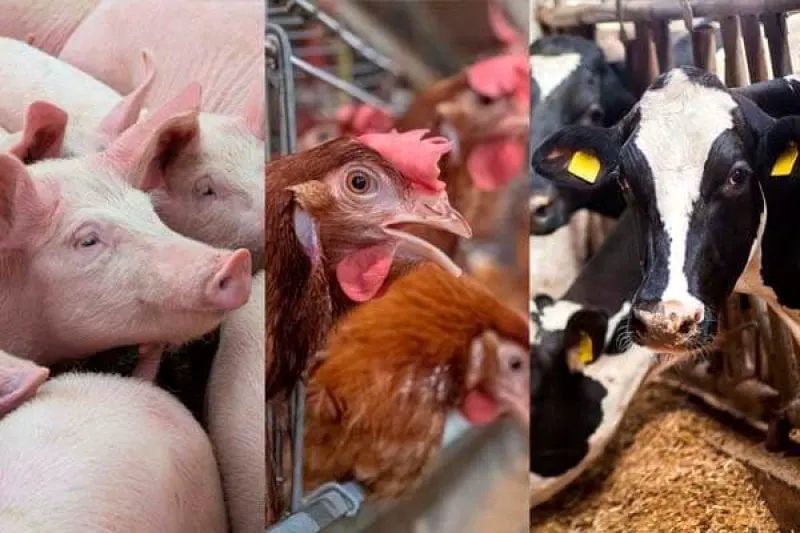Viewpoint: USDA, FDA should abandon ‘tangled’ gene-edited animal rules and collaborate to commercialize more products
Viewpoint: USDA, FDA should abandon ‘tangled’ gene-edited animal rules and collaborate to commercialize more products


The science says and continues to say that foods made from genetically modified crops are safe for consumption, they can reduce water usage, help make plants less susceptible to disease, and some have been developed to be more nutritious for impoverished countries.
Animal gene editing has also come a long way through decades of research. Land grant universities and research institutions have worked tirelessly for years on animal genes and have seen many breakthroughs that can enhance the quality of livestock. Scientists have developed a chicken that is resistant to contracting and transmitting avian influenza. Similarly, gene editing, for example, could develop pigs with resistance to African swine fever.
For animal gene editing to advance it will take more collaboration between USDA and U.S. Food and Drug Administration (FDA) for a smooth approval process. The current regulatory process is tangled and filled with red tape around each corner. It took more than 20 years for Indiana’s own AquAvantage salmon to make it through the tangled regulatory process at the FDA. And – to date – it’s the only FDA-approved biotech food animal ever. Meanwhile, there are dozens of other beneficial animal biotechnologies in development and waiting for approval.
We can all agree that 20 years is too long when the science is clear and concise.
Read the original post

 | Videos | More... |

Video: Nuclear energy will destroy us? Global warming is an existential threat? Chemicals are massacring bees? Donate to the Green Industrial Complex!
 | Bees & Pollinators | More... |

GLP podcast: Science journalism is a mess. Here’s how to fix it

Mosquito massacre: Can we safely tackle malaria with a CRISPR gene drive?

Are we facing an ‘Insect Apocalypse’ caused by ‘intensive, industrial’ farming and agricultural chemicals? The media say yes; Science says ‘no’
 | Infographics | More... |

Infographic: Global regulatory and health research agencies on whether glyphosate causes cancer
 | GMO FAQs | More... |

Why is there controversy over GMO foods but not GMO drugs?

How are GMOs labeled around the world?

How does genetic engineering differ from conventional breeding?
 | GLP Profiles | More... |

Alex Jones: Right-wing conspiracy theorist stokes fear of GMOs, pesticides to sell ‘health supplements’




 Trust issues: What happens when therapists use ChatGPT?
Trust issues: What happens when therapists use ChatGPT? Fighting deforestation with CO2: Biotechnology breakthrough creates sustainable palm oil alternative for cosmetics
Fighting deforestation with CO2: Biotechnology breakthrough creates sustainable palm oil alternative for cosmetics California, Washington, Oregon forge immunization alliance to safeguard vaccine access against federal undermining
California, Washington, Oregon forge immunization alliance to safeguard vaccine access against federal undermining Viewpoint — Fact checking MAHA mythmakers: How wellness influencers and RFK, Jr. undermine American science and health
Viewpoint — Fact checking MAHA mythmakers: How wellness influencers and RFK, Jr. undermine American science and health 30-year-old tomato line shows genetic resistance to devastating virus
30-year-old tomato line shows genetic resistance to devastating virus Viewpoint: Video — Big Solar is gobbling up productive agricultural land and hurting farmers yet providing little energy or sustainabilty gains
Viewpoint: Video — Big Solar is gobbling up productive agricultural land and hurting farmers yet providing little energy or sustainabilty gains The free-range chicken dilemma: Better for birds, but with substantial costs
The free-range chicken dilemma: Better for birds, but with substantial costs ‘You have to treat the brain first’: Rethinking chronic pain with Sanjay Gupta
‘You have to treat the brain first’: Rethinking chronic pain with Sanjay Gupta
